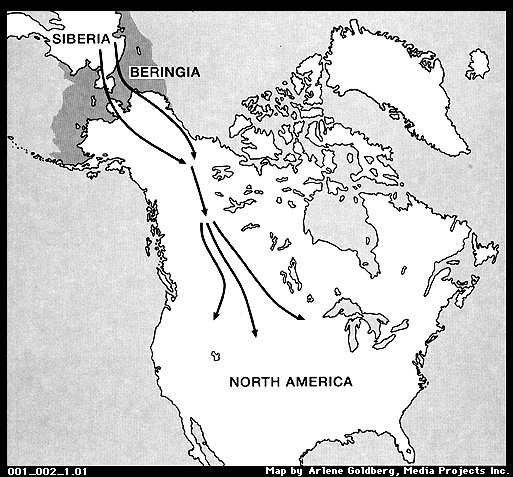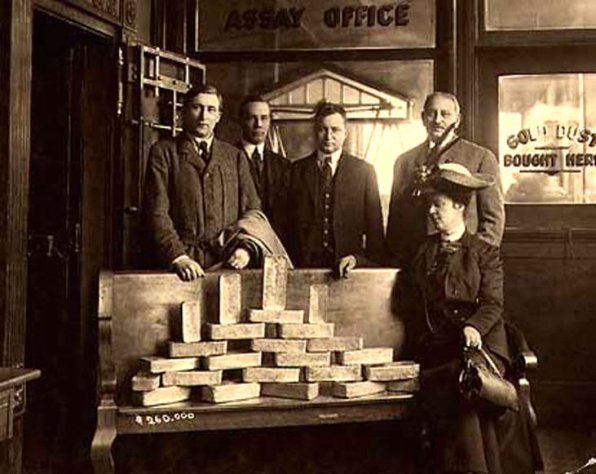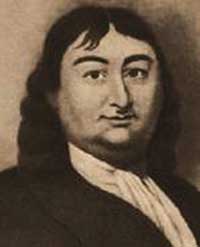|
|
Early Settlement Patterns
The native people of Alaska first crossed the land bridge known as the Bering Strait that connected the Asian continent to Alaska, 10,000 to 20,000 years ago. These native peoples became the Tlingit, Tsimhian, and Haida who settled on the Alaskan panhandle, the Yup'ik and Inupiaq who settled on the west and to the north, the Eyaks who settled on the southcentral coast, the Aleuts who settled on the Alaskan pennisula and the Aleutian Islands, and the Athabaskans who settled among Alaska's heartland.
|
| |
European Settlement
The main commodities that attracted Europeans to Alaska was fish, fur, and minerals. Fisheries at the time was the most important because this economy was one of the reasons why Alaska eventually became one of the 50 states. In 1741, Vitus Bering and Alexii Chirikov, came from Russia and discovered the Alaskan mainland and Aleutian Islands and with that came the fur trade. In 1784, Grigory Schelekhov founded the first permanent "white" settlement in Alaska on Kodiak Island. |

Bering Land Bridge |
| |
The first official census in 1880, reported a total of a little over 33,000 Alaskans, all of 400 being indigenous peoples. The Gold Rush of 1898 resulted in a mass influx of more than 30,000 people, from other U.S. states and from foreign countries. In 1867, Russia sold Alaska to the United States for ,200,000.
|

Store during the Alaskan Gold Rush |
| |
|

Vitus Bering |
|

